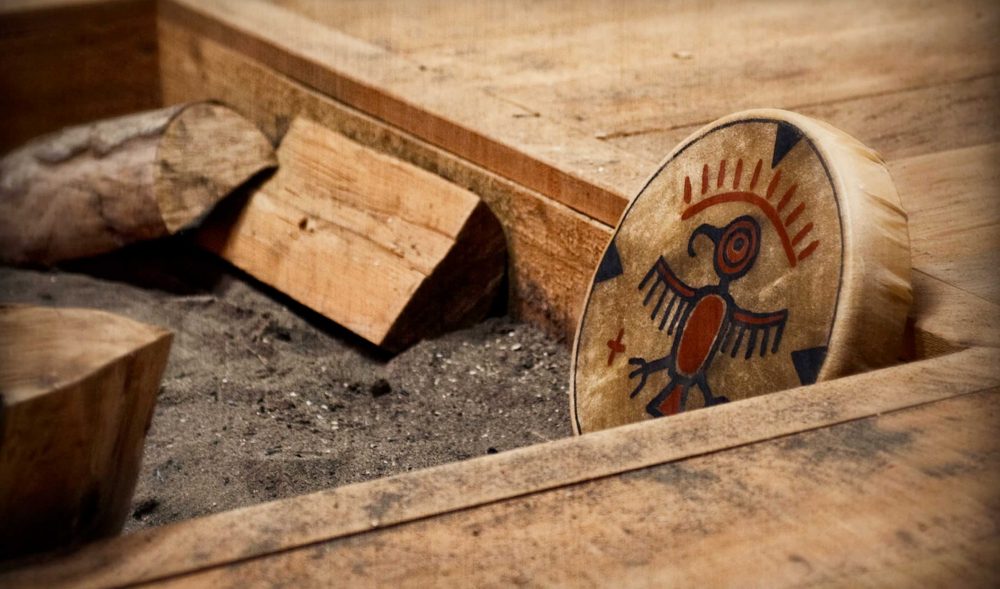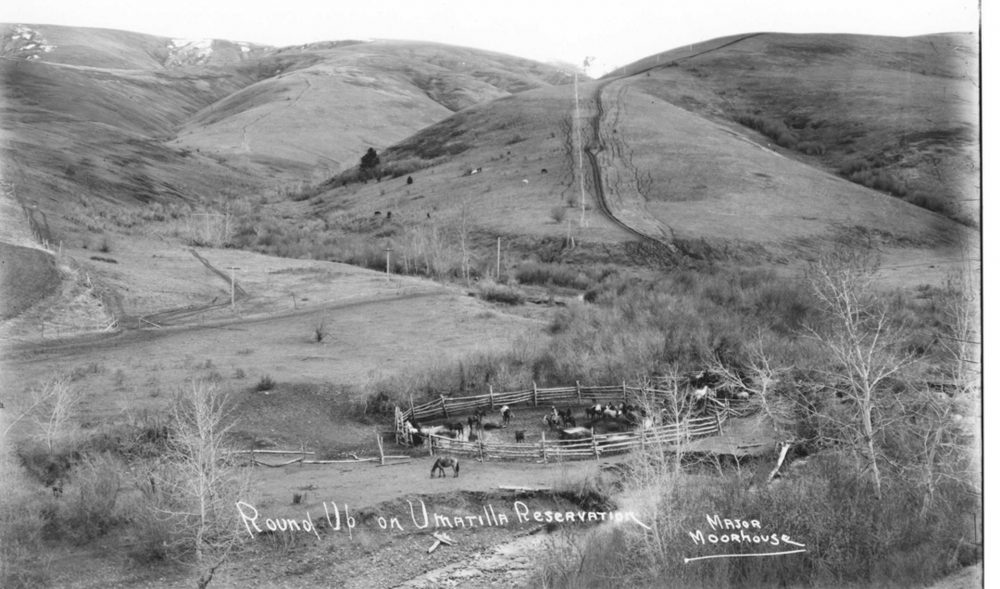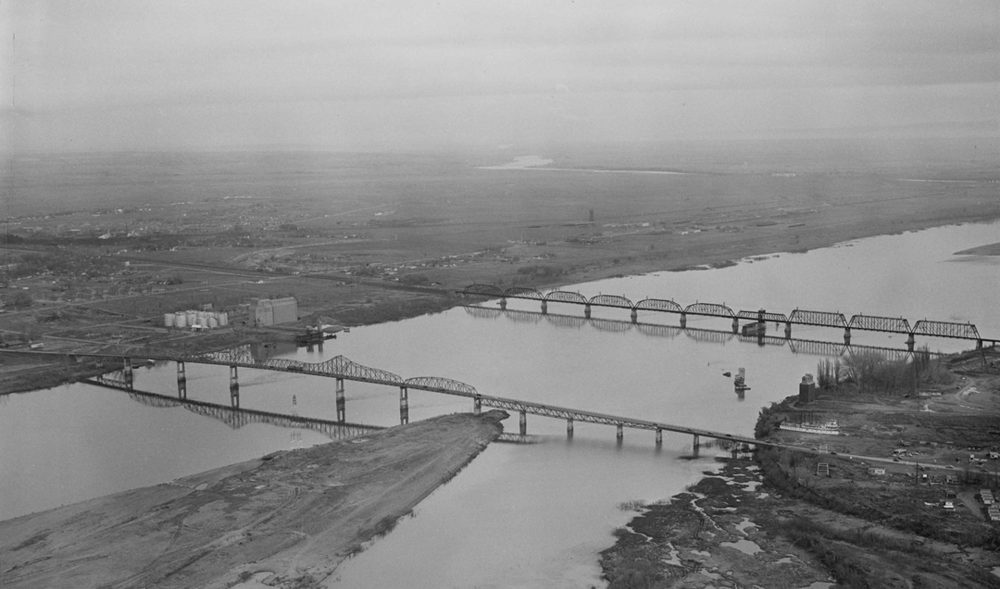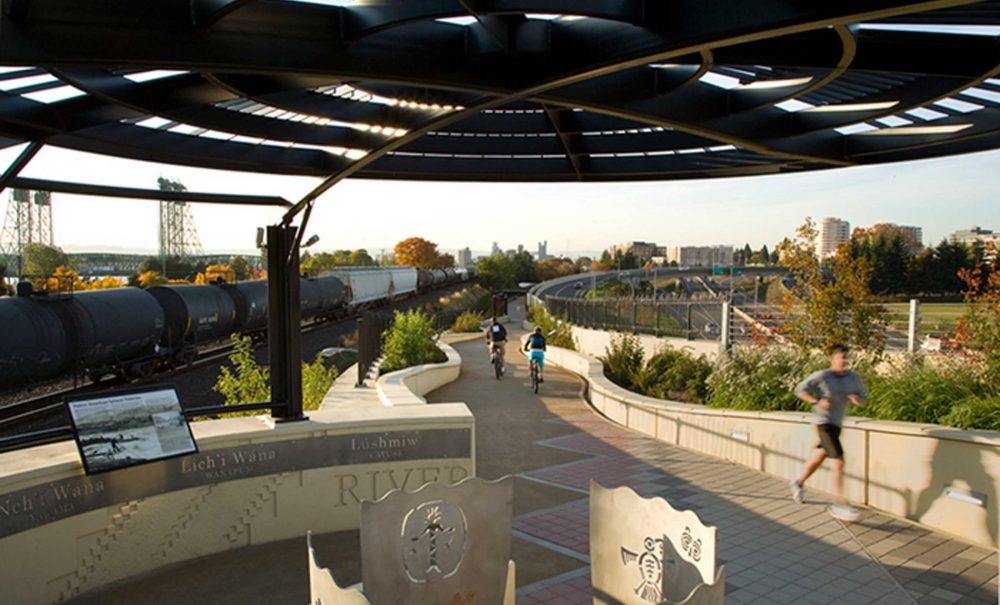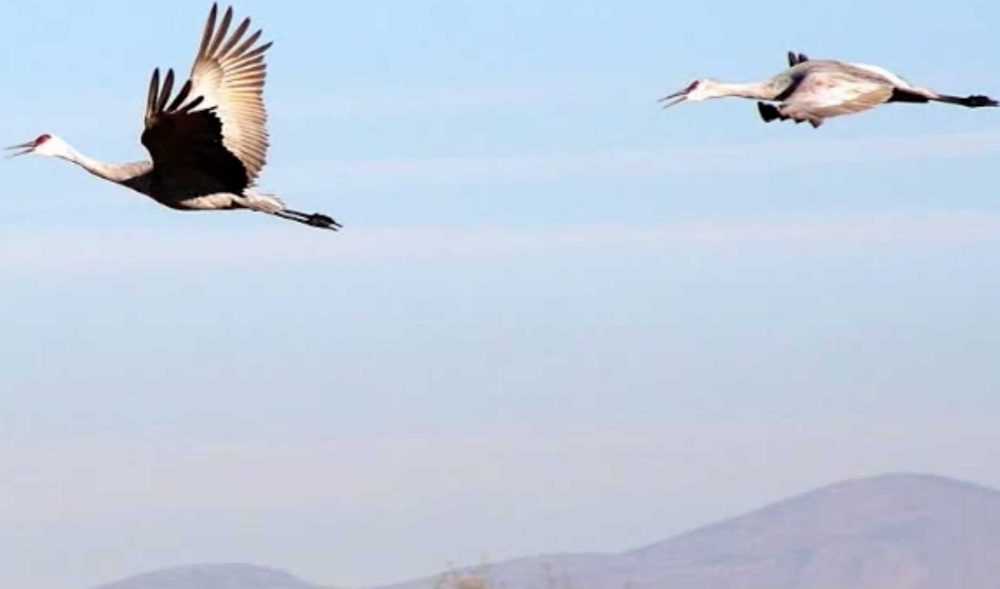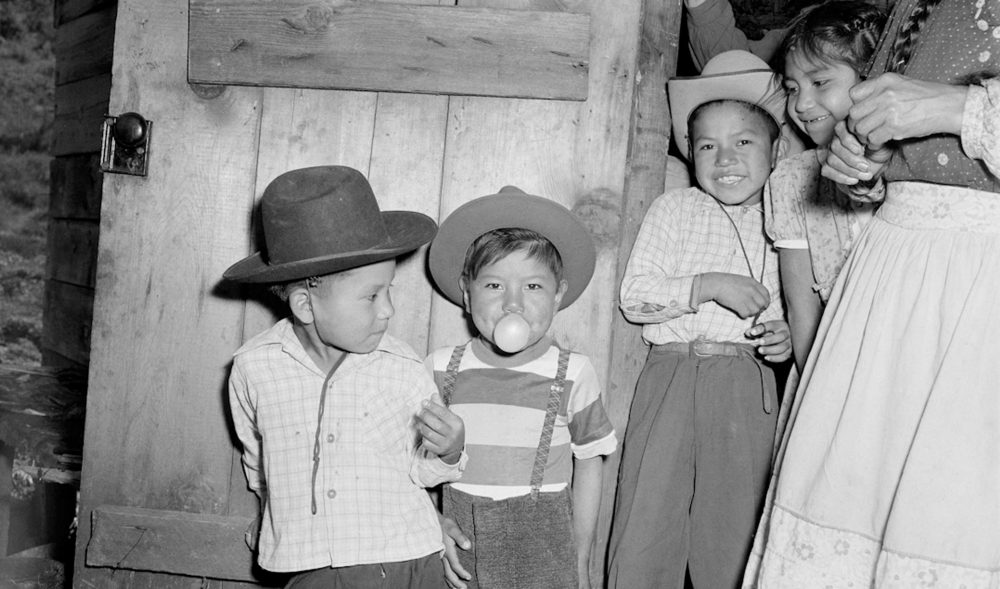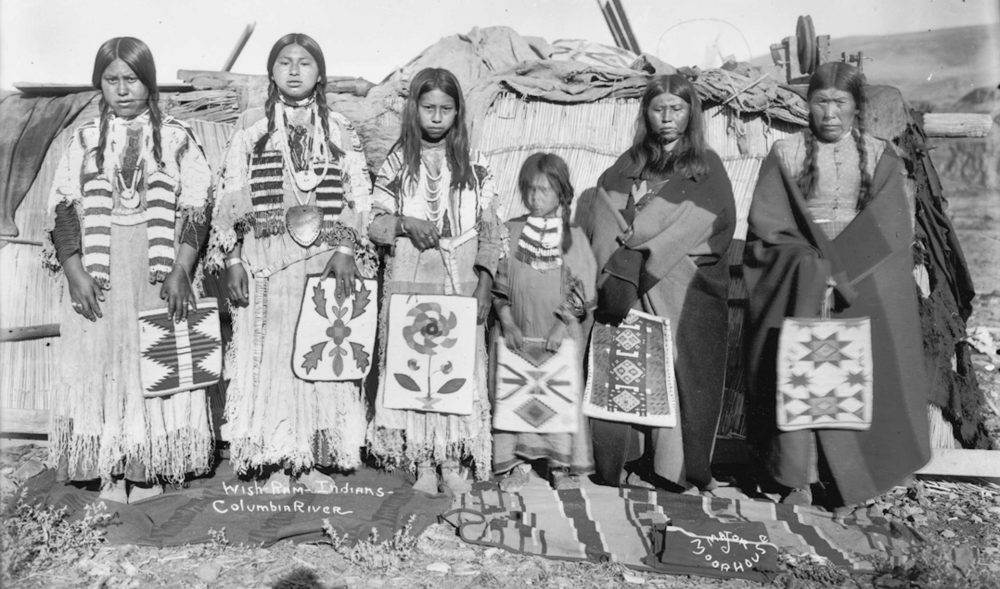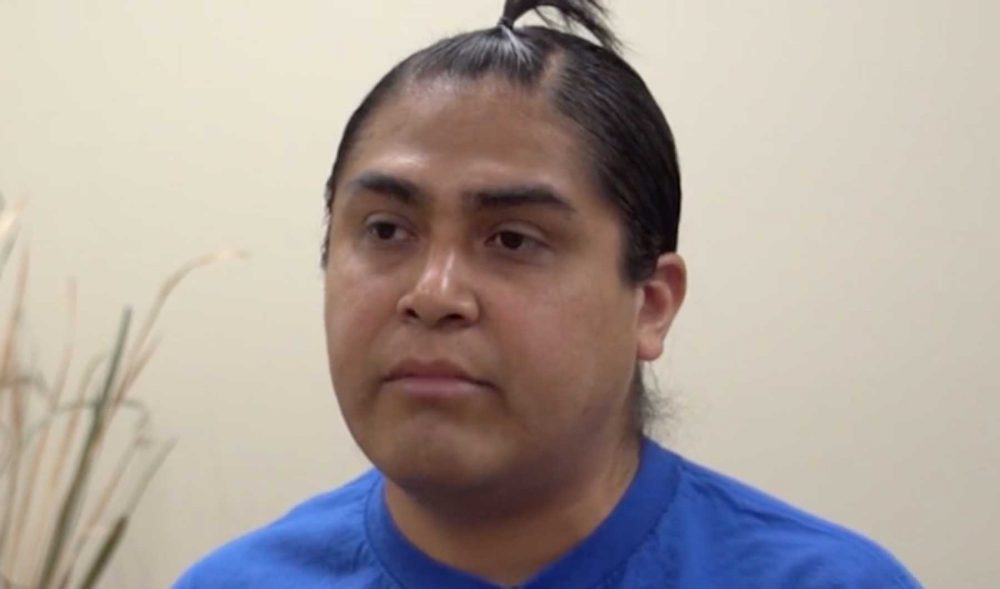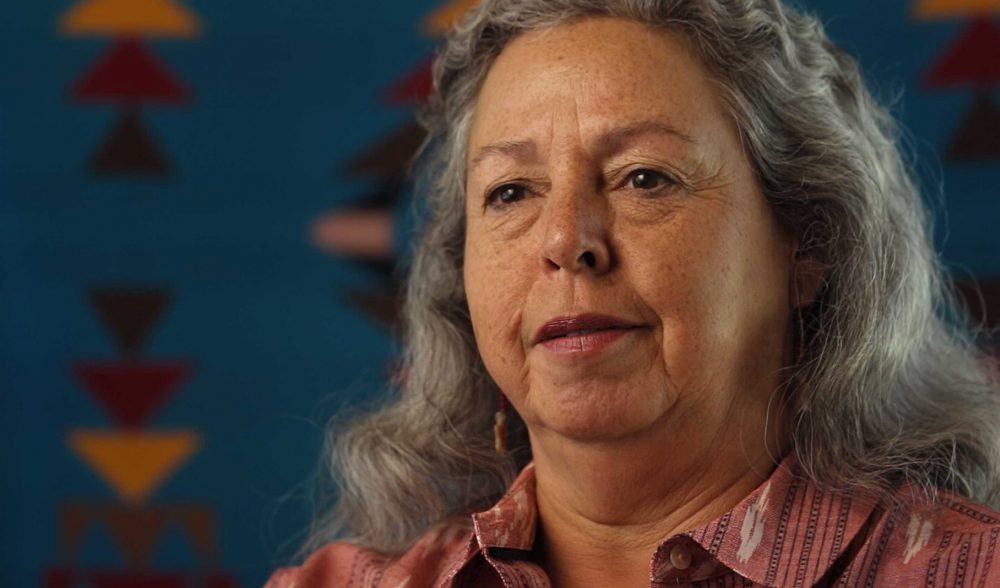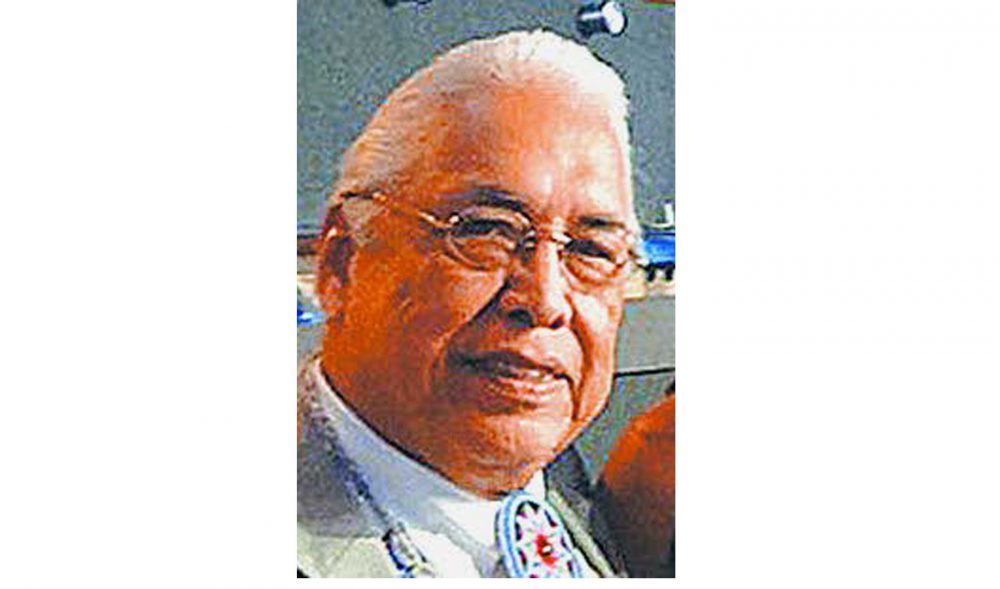Confluence Library
The Chinook are one of several Lower Chinook people indigenous to the western Washington coast. Though not federally recognized, the Chinook were long recognized as prodigious traders across the Northwest coast.
The confluence of the Snake and Columbia Rivers was a major uniting force for tribes of the Columbia River basin. It became a major site for settlers later, as the waterways provided a convenient mode of transportation.
The Sacajawea State Park area saw a lot of change between the surrender of Chief Joseph and the revelation of the Hanford nuclear operations only a century later: railroads, dams, and plutonium replaced trade and family.
The Vancouver Land Bridge site was rich with biodiversity prior to settlers’ advancement. Seated on a floodplain near Mt. St Helens, it was home to savanna, hardwood forest, and prairie. Today it is home to Ft Vancouver.
Jane Jacobsen talks about how Confluence was created as a response to the Lewis and Clark Bicentennial, and the decision by tribes to invite Maya Lin to design the artwork, as well as the importance of respect for places.
This gallery features images of children through Celilo Village in daily life, at work and play.
This gallery features photographs of young women taken near Celilo Village between 1902-1938.
In this Confluence Podcast episode, Josiah Pinkham discusses the spirituality entity of Celilo, resilience, sacred responsibility and the difference between Native and non-Native culture.
Roberta Conner discusses Celilo Falls, traditional lifeways, and how oral traditions carry important truths in a episode of the Confluence Podcast.
In this episode of the Confluence Podcast, Nez Perce elder Silas Whitman discusses Celilo, sovereignty, learning from the elders and inter-tribal exchange.

